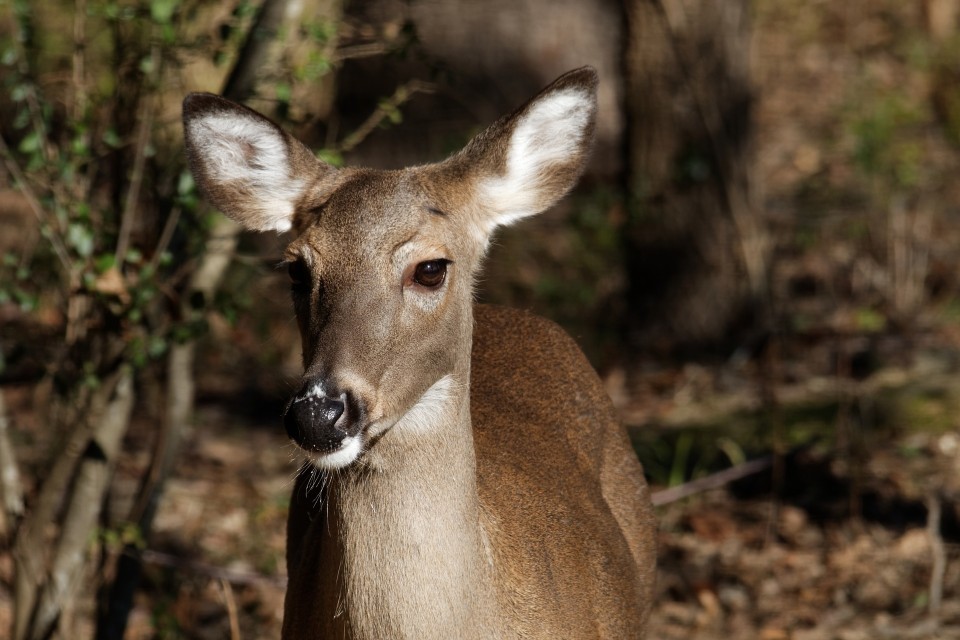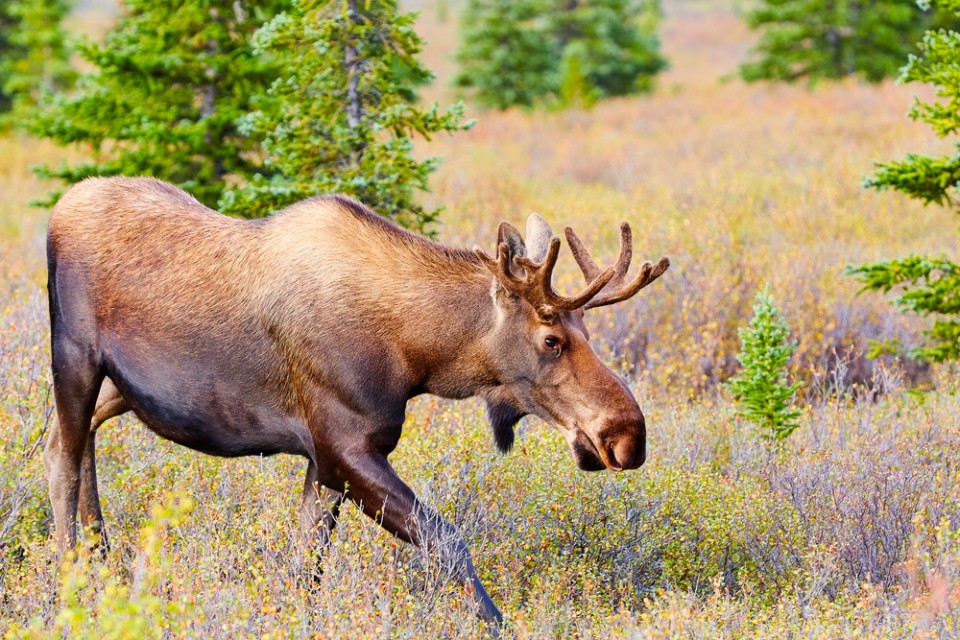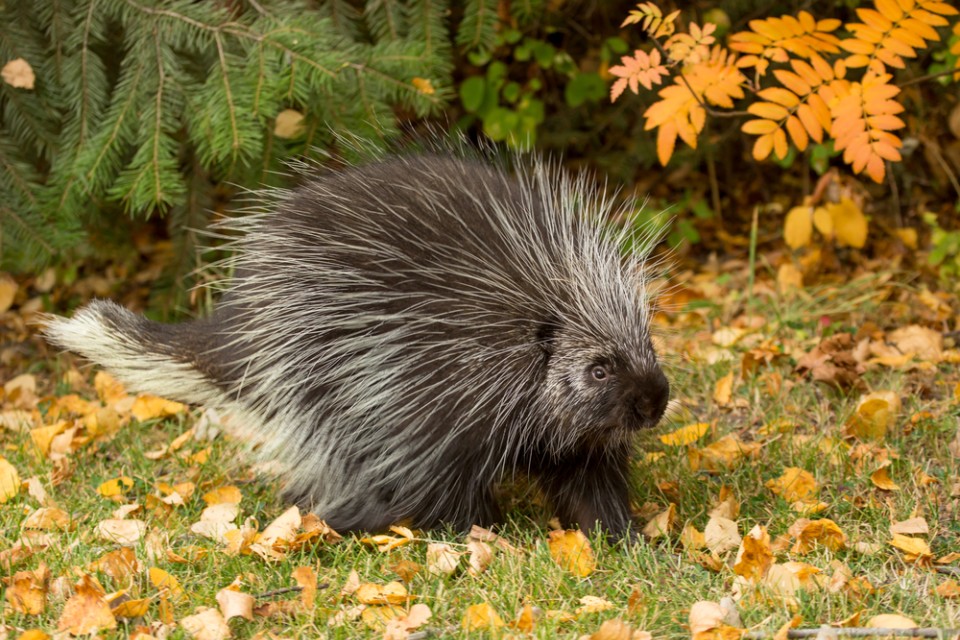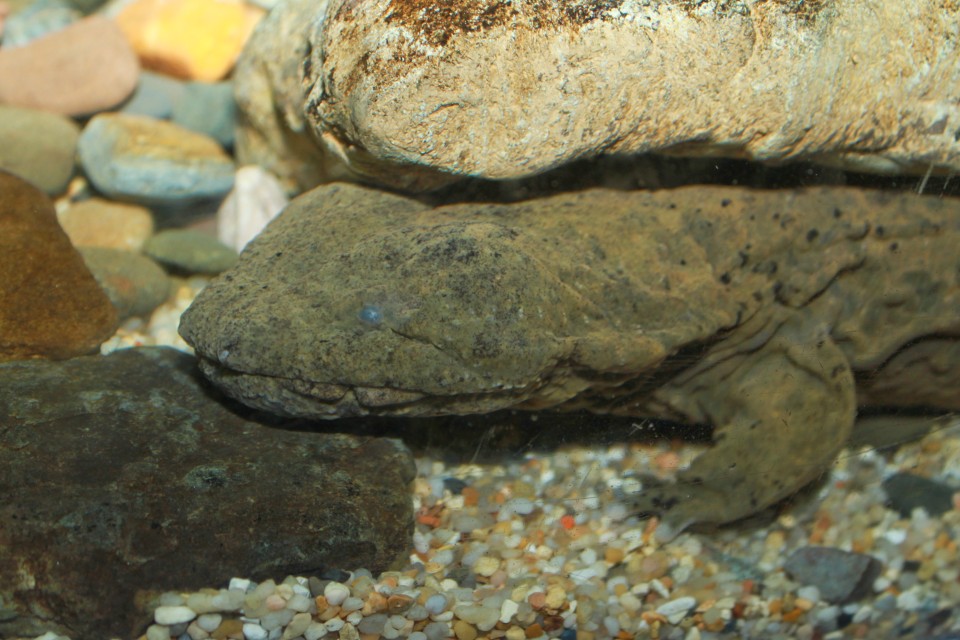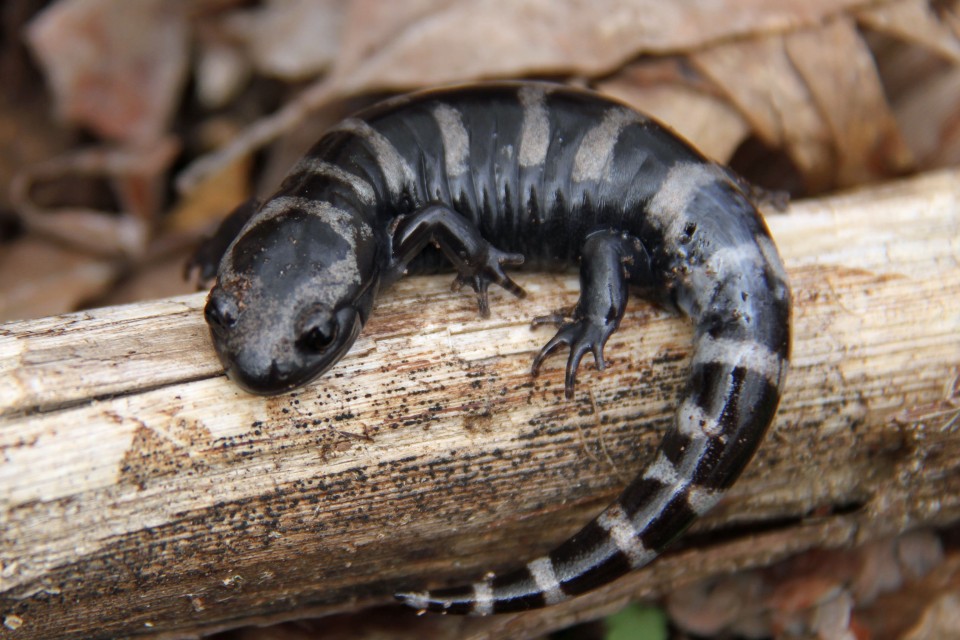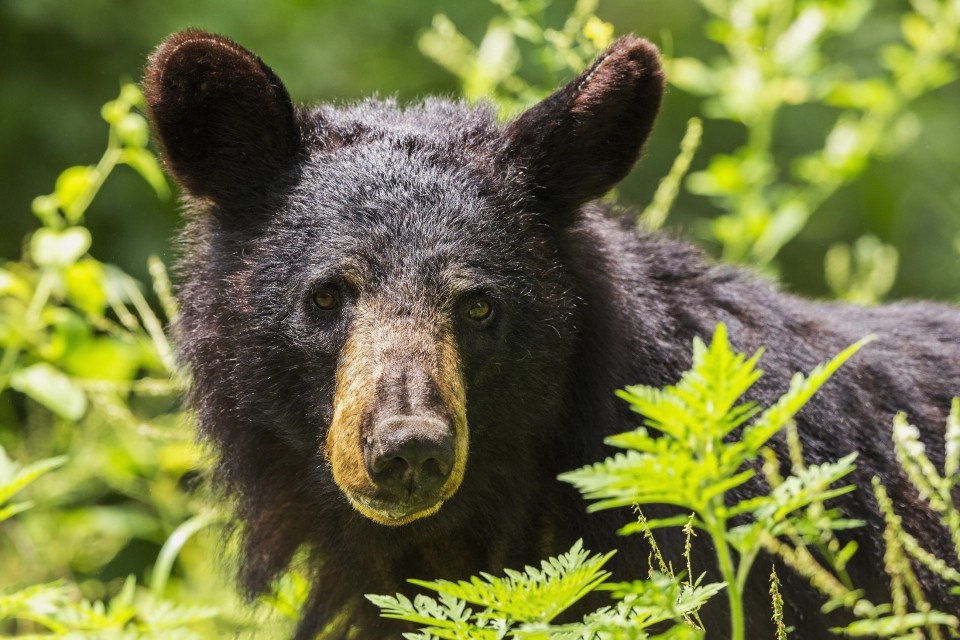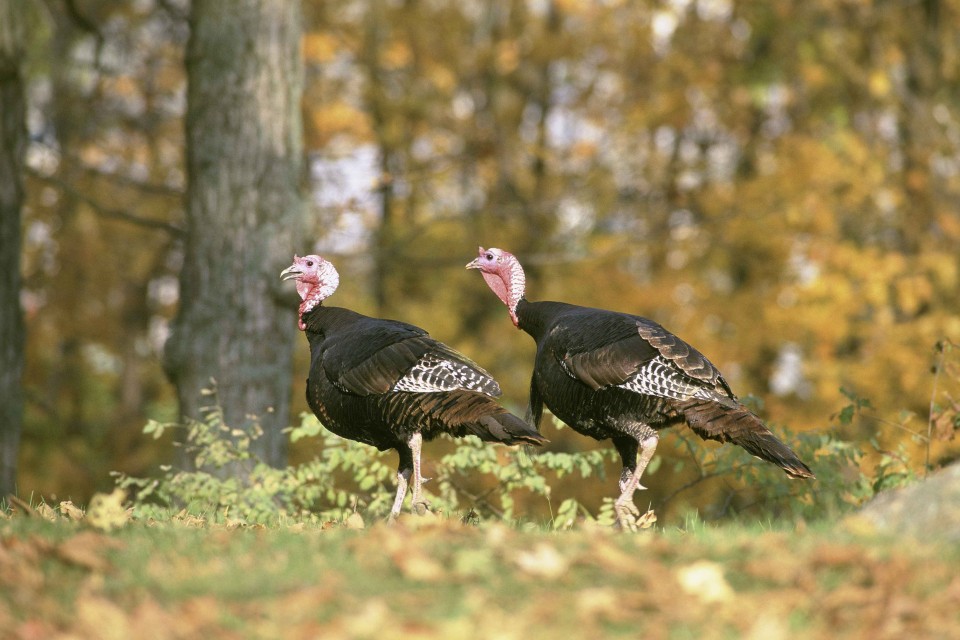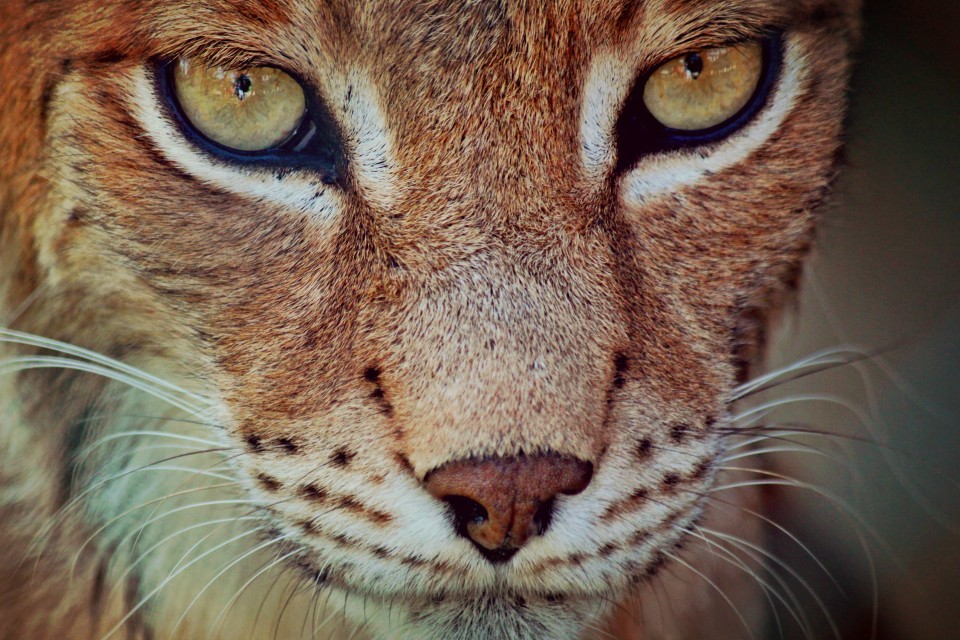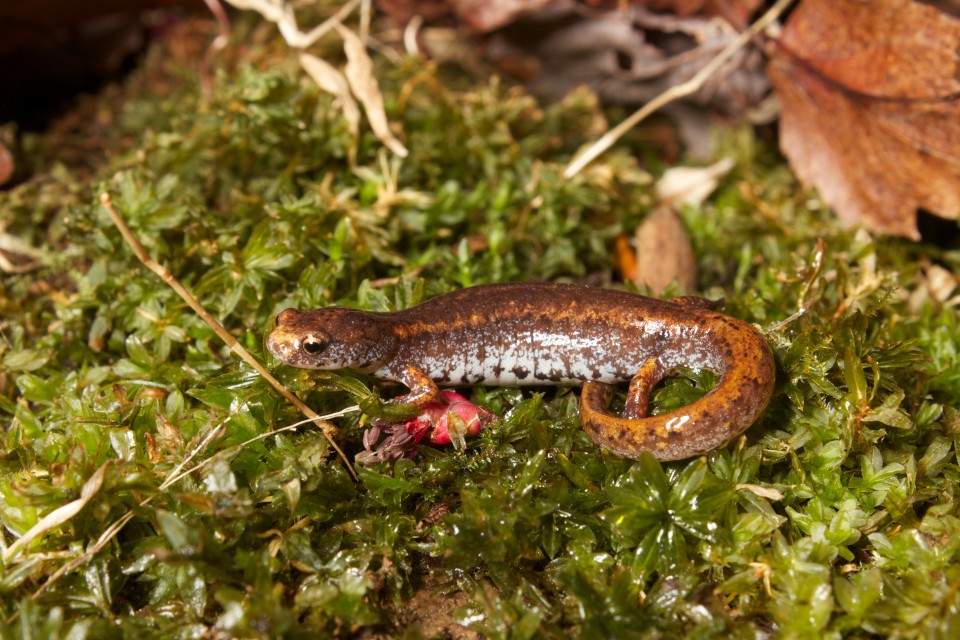I am an Associate Professor of Practice in the Department of Public and Ecosystem Health at Cornell University College of Veterinary Medicine. I have been a wildlife and zoo veterinarian since 1999, working in a variety of settings including zoos, wildlife clinics and private practice. After completing a zoo and wildlife residency at Cornell, I began working with the New York State DEC and my colleague Dr. Krysten Schuler to design and build a comprehensive statewide wildlife health program. Our program works to develop high quality information about disease ecology in wildlife species through surveillance and research, with the goal of protecting and sustaining healthy native wildlife populations.
My research is broadly collaborative, applied, and typically driven by the need to problem solve a pressing real world issue- like improving release survival in captive reared endangered salamanders, investigating the potential impact of a newly discovered retrovirus on wild turkeys, reducing mortality from heavy metals and rodenticides in raptors, or developing new diagnostic tools for identifying pathogens in amphibians. At any given time we may have more than a dozen active projects combining field and laboratory work with colleagues from around the country in a variety of disciplines.
Because we bridge the disciplines of wildlife biology and veterinary medicine, we also welcome students from both fields into our program to interact with our college faculty and NYSDEC staff. Students have the opportunity to work for independent study credit or participate in the day to day activities of the program including field projects, disease surveillance and laboratory research through paid positions, typically during the summer.



